Dean Karau's Kewanee history: The Lyman-Lay department store empire
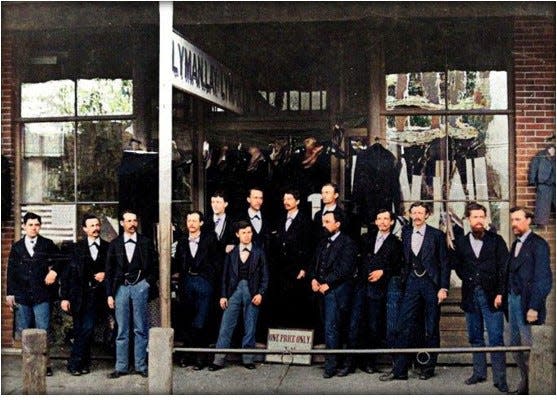
After the first few years of Kewanee’s existence, two families came to prominence to create a merchant business which dwarfed all others for nearly the last half of the 19th century and first quarter of the 20th century. This a brief account of the founding and growth of the enterprise which bore their names for six decades.
It all started with Silas Willard in the early 1850s. He was an astute and connected Galesburg businessman and a director of the Central Military Tract Railroad.
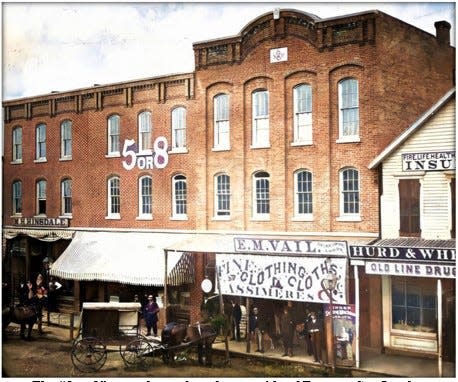

From his position on the board of the railroad, Willard knew that the planned iron rail from Galesburg to Mendota would bypass Wethersfield a mile-and-a-half to the north. So, Willard convinced his friend and employee, George Morse, to go to Wethersfield to oversee the building of a store near where the tracks would run, and they entered a partnership for its operation.
More: Dean Karau Kewanee history column: An Artist’s View of Kewanee in 1875
In early 1854, the two men purchased five acres of land spanning the railroad’s proposed path at its intersection with a generally north-south, rutted road from Wethersfield going toward Dixon. Soon, the store arose on the west side of the intersection of today’s Loomis and Main Streets, before what became Kewanee was even settled.
The Willard & Morse store continued profitably until Willard turned ill in early 1857 (he died in March), at which time the renamed Pioneer Store was sold to Rufus Parrish and George Faulkner.
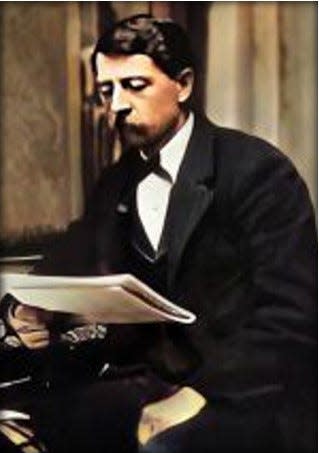
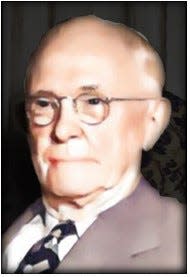
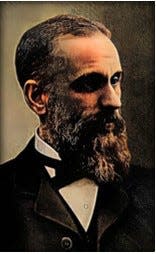
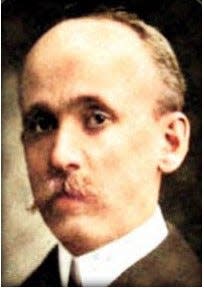
Meanwhile, in 1862 Elias Lyman and his wife, Adelaide Trask, arrived in Kewanee from their home in Vermont. Lyman had worked in his father’s mercantile business, learning the trade there and in another store. He was hired on at the Pioneer Store.
In 1863, Lyman and his brother-in-law, Henry Trask, acquired the business from Parrish and Faulkner and operated it as Lyman & Trask until 1865 when Trask retired and Lyman became the sole owner.
More: Dean Karau column: New book shows how Kewanee's varied parks created
But in June 1866, the Pioneer Store burned to the ground. Lyman quickly set up shop on Second Street next to James O’Grady’s harness shop while using the $15,000 in insurance money he collected to put up a new building on Tremont Street. Soon, the new “5 or 8” store (five doors from one end of the block and eight doors from the other end) was completed. Lyman relocated the firm to its premier spot amid the hustle and bustle of the main commercial street in the burgeoning city.
Prior to the fire, Lyman had hired Hiram T. Lay to work for him. Lay was the son of Nelson Lay, credited as one of Kewanee’s founding fathers and who had opened Kewanee’s second trading establishment in 1854. Lay was born in Wisconsin and accompanied the family to Kewanee as a 14-year-old in 1854. The younger Lay had some mercantile experience and a head for business, which he put to good use to impress Lyman.
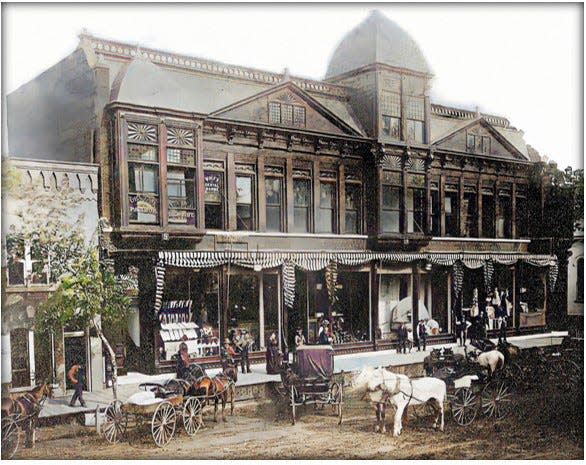
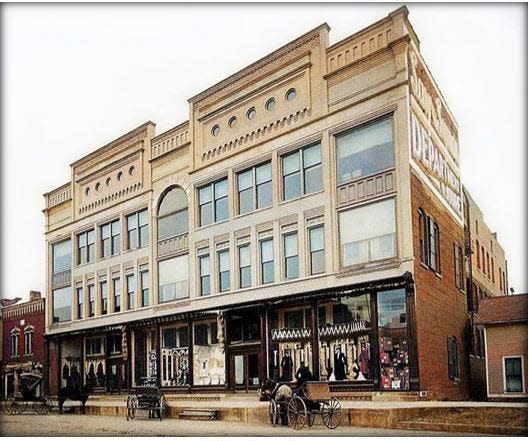
In 1867, in order to keep Lay in the business, Lyman offered him a partnership in the firm. Lay borrowed money from his father, and the firm became Lyman & Lay, although it continued to operate as the 5 or 8 store.
In the late 1860s, Lyman’s younger brother, William H. Lyman, came to Kewanee and was employed at the store. In 1874, William became a partner in the firm, which changed its name to Lyman, Lay & Lyman. In 1883 Elias Lyman retired and the firm became Lay & Lyman.
More: Dean Karau Kewanee history column: The 1935 Boss Manufacturing Company Strike, Part 1
In 1886 a new 5 or 8 building, a block further south but still on the east side of Tremont St., was built and occupied. It was described by some as the largest and finest department store in Illinois outside of Chicago. (The term "department store" was then a comparatively new one.) At the time, however, it was considered by many as entirely too large and a dangerous venture. But the critics were proven wrong. And, in 1903 it was enlarged and then in 1908 an annex was opened on Second St.

In January, 1905, Hiram T. Lay retired, his interest in the store was assumed by his two sons, Frank M. and Henry H. Lay, and the firm name then became the Lyman-Lay Co.
In January, 1907, two partners were admitted from was considered the ranks, J. H. Baethke and Joseph R. Handley, so that the firm Lyman-Lay Co. consisted of those two, William Lyman, and Frank and Henry Lay.
More: Dean Karau Kewanee history column: 1935 Boss Mfg. Co. Strike Part II
In 1919, Frank and Henry Lay sold their interest in the store to the other stockholders. The firm name changed once again, to W. H. Lyman & Co.
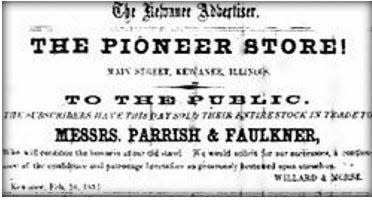
Ownership changed hands one more time, in 1924, when W. H. Lyman retired and a St. Louis group purchased the main store (but not the annex), renaming it Kewanee Dry Goods. The business continued to operate under that name until the 1942 Kewanee fire, started in its building, burned it to the ground, along with many other downtown businesses.
Epilogue
Founded in 1854 by most of the same colonists who established the Wethersfield Colony almost two decades earlier, Kewanee grew quickly and became the economic center of activity for Henry County.
At the same time, the Lyman and Lay names became associated with the largest and most important mercantile store in the city, county, and region, linked to the spirit of growth and daring which led our hometown to dizzying heights as it advanced into the 20th century.
You can see more of my stories, photos, and videos about Kewanee on my Dusty Roads® Facebook page: https://www.facebook.com/dusty.roads.kewanee.
This article originally appeared on Star Courier: Dean Karau's Kewanee history: The Lyman-Lay department store empire

